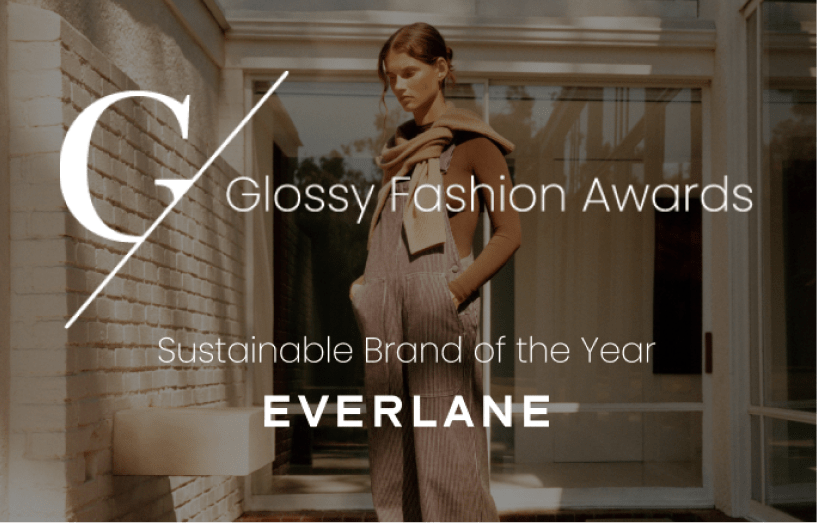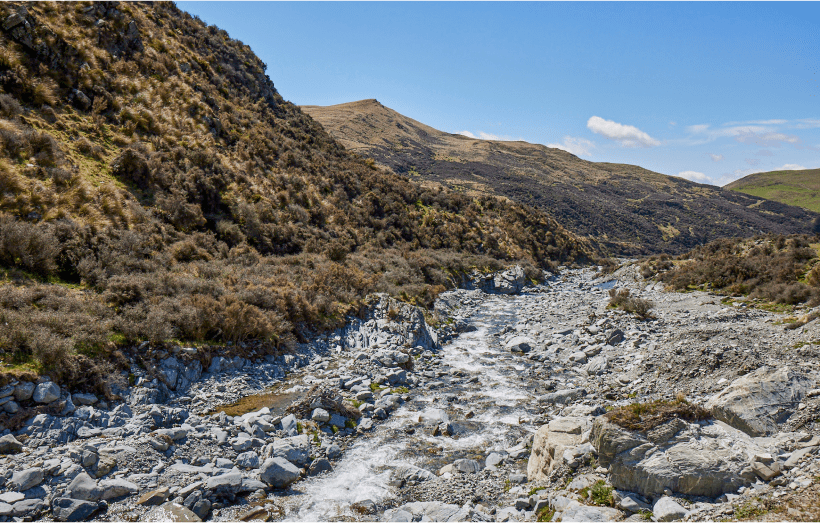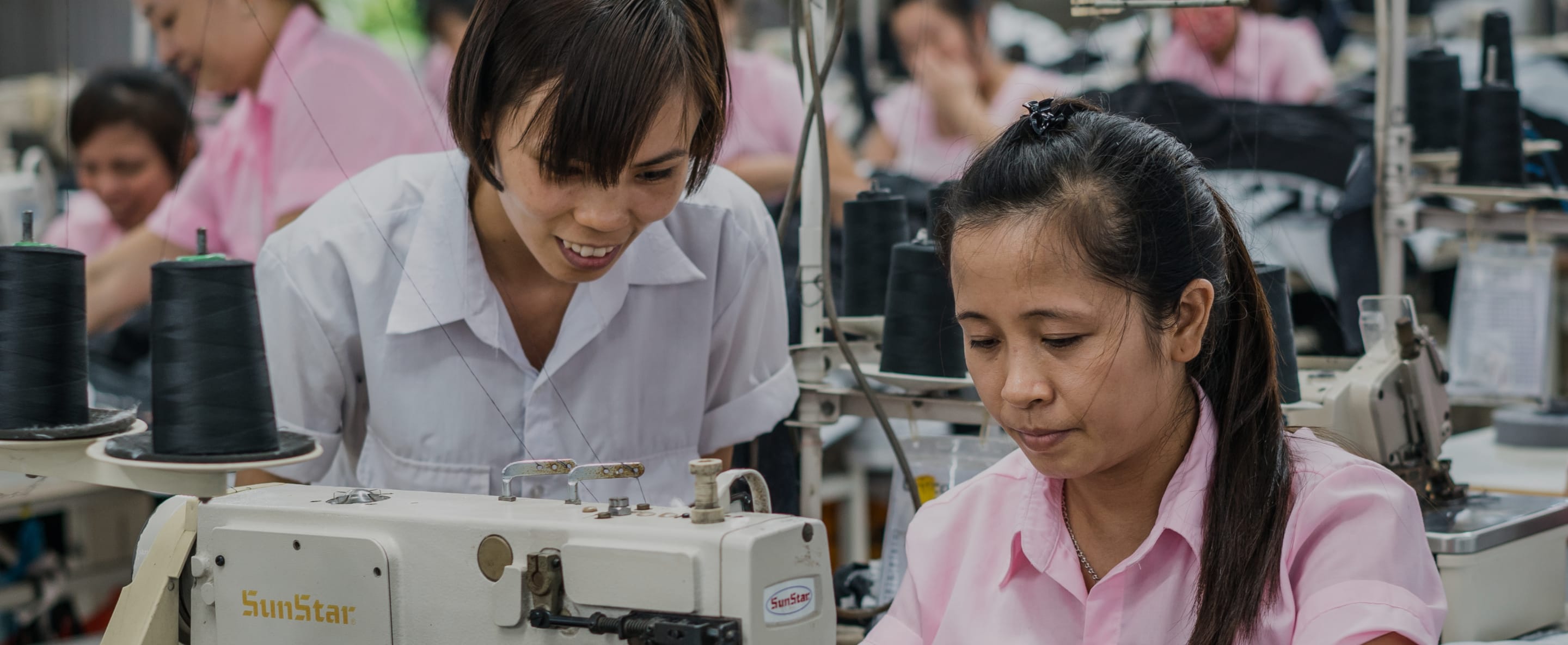
SOCIAL RESPONSIBILITY
Good Partners
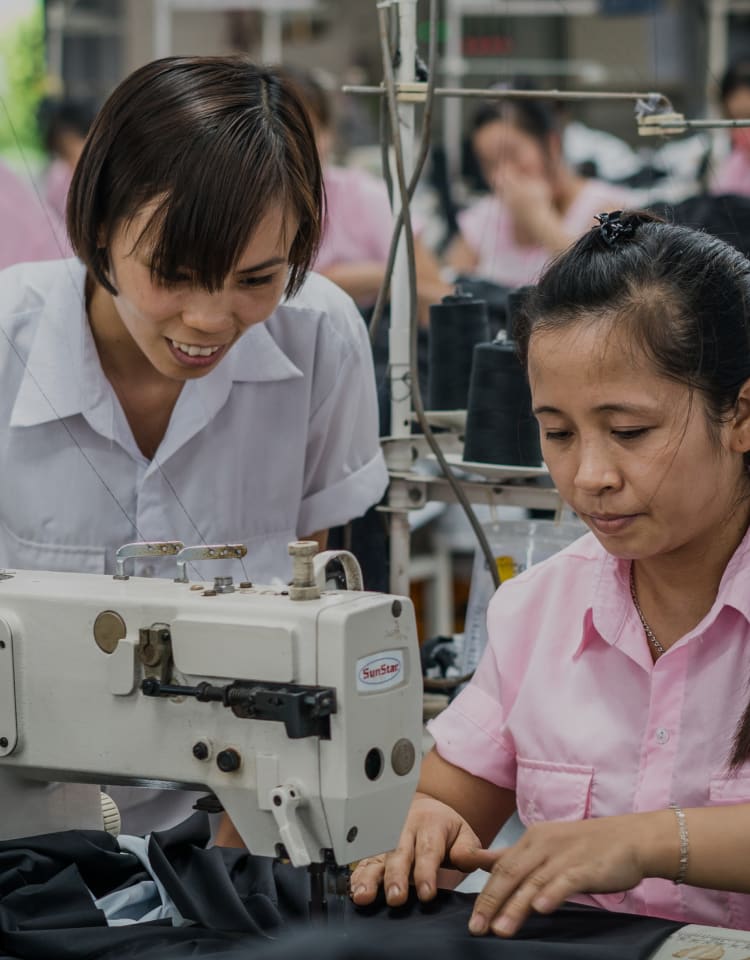
SOCIAL RESPONSIBILITY
Good Partners
Social Responsibility Is In Our Nature
We search the globe to find suppliers that embrace a holistic approach to social and environmental responsibility, and we make sure they are living up to our standards.
Partnering with
Ever-Better Factories
Following the Rana Plaza factory collapse in 2013, we made a commitment to transparently disclose the name and location of our factory partners. Since then, we’ve built out an extensive social responsibility and auditing program to ensure our supplier relationships are rooted in honesty, shared values, and continuous improvement.
Our social responsibility standards and expectations are outlined in our Vendor Code of Conduct, which follows the International Labor Organization’s (ILO) standards on human rights and are monitored and assessed by our third-party auditing partners. Our auditing process allows us to keep track of our partners’ performance and progress with regard to the safety and well-being of their people. We will not work with a supplier if they do not share our values, adhere to our Code of Conduct, and demonstrate commitment to continuous improvement.
To hold ourselves accountable to these standards and goals, we signed onto the Transparency Pledge and partner with the Open Supply Hub, disclosing Everlane’s Tier 1, 1A, and Tier 2 suppliers on their public-facing supply chain transparency platform.
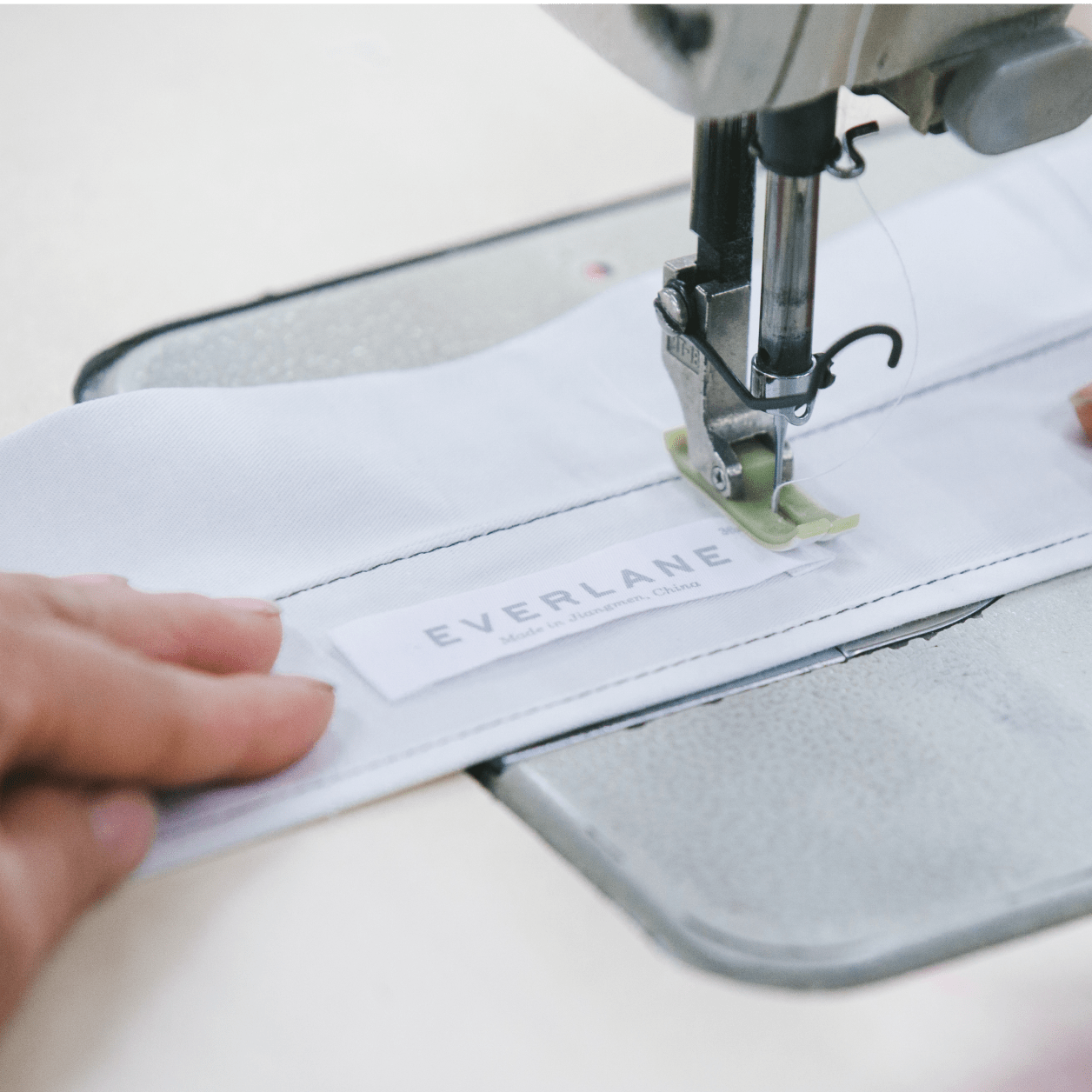

Our social responsibility standards and expectations are outlined in our Vendor Code of Conduct, which follows the International Labor Organization’s (ILO) standards on human rights and are monitored and assessed by our third-party auditing partners. Our auditing process allows us to keep track of our partners’ performance and progress with regard to the safety and well-being of their people. We will not work with a supplier if they do not share our values, adhere to our Code of Conduct, and demonstrate commitment to continuous improvement.
To hold ourselves accountable to these standards and goals, we signed onto the Transparency Pledge and partner with the Open Supply Hub, disclosing Everlane’s Tier 1, 1A, and Tier 2 suppliers on their public-facing supply chain transparency platform.
Our Auditing Protocol
We’ve developed a three-stage auditing and risk protocol, so we can have eyes and ears at each facility—even if we can’t physically be there.
Stage 1: Initial Risk Assessment
We Have High Standards
When a prospective supplier is identified, we evaluate the potential partnership with our Initial Risk Assessment. This allows us to determine if a prospective factory meets our social and environmental responsibility standards so we can move forward with a partnership.
Initial Risk Assessment Protocol
CODE OF CONDUCT ALIGNMENT
- Our risk assessment evaluates the labor conditions, wages, training, environmental programs, management practices, previous audits, and remediation of any prior violations at the facility to ensure that they are aligned with Everlane’s Code of Conduct.
EVALUATION OF CURRENT PROCEDURE
- An evaluation of the facility’s current environmental and social programming policies is completed through a combination of a self-assessment questionnaire, certification documentation review, environmental practice review, and questions surrounding management of worker well-being programs at the facility.
INHERENT COUNTRY-LEVEL RISK ASSESMENT
- We utilize risk assessment data and analytics tools from various public and proprietary indices, including: the Global Slavery Index, Workers Rights Index, and Human Development Index as well as ELEVATE indices around migrant workers, wages, and freedom of association in order to evaluate the inherent risk of a country itself.
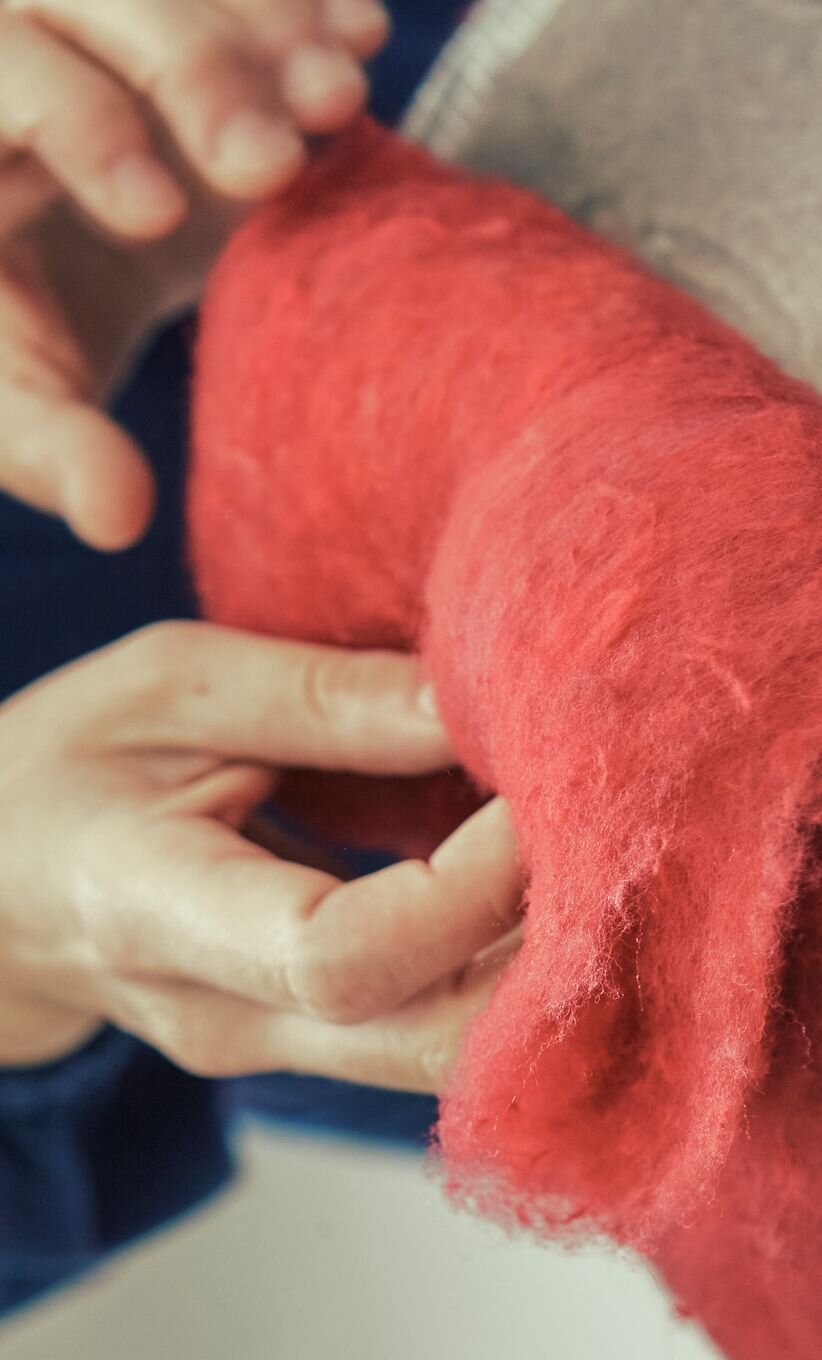
Stage 2: Annual Verification
Checking All The Right Boxes
Social compliance audits are crucial to aiding our supplier community, instilling accountability and transparency, and fostering continuous improvement. We partner with third-party social auditing experts to carry out annual verification at each of our Tier 1 and 1A factories and strategic Tier 2 mills.
Annual Verification Protocol
ONSITE SOCIAL AUDITS
- We utilize an auditing firm, ELEVATE, to complete third-party, onsite social compliance audits. The assessments cover 300+ compliance checkpoints, with a severity level from minor to Zero Tolerance. Sites are graded from A to D, which we convert to a color-coded score system, from Green to Red. This methodology allows us to benchmark suppliers based on performance and identify sites that may need corrective actions, remediation, or capacity building to meet our standards.
WORKER SENTIMENT SURVEYS
- Worker Sentiment Surveys (WSS) allow us to assess employee attitudes toward their workplace environment. We use this survey as an added form of a grievance mechanism, whereby workers can anonymously comment on topics such as harassment, discrimination, access to factory grievance mechanisms, management communication, and wage fairness. We take the results of the surveys into account when developing and managing the factory’s corrective actions and trainings.
EQUIVALENCY (EQ) REPORTS
- For our low-risk partners with a proven track record of compliance, we may accept recent third-party verified audit reports in lieu of an additional Everlane audit. Reference audits must meet our requirements when equivalency mapping is performed against our standards. Accepting equivalency reports is one way we are partnering with our suppliers to ensure high standards while reducing pressure and redundancy from audit fatigue.
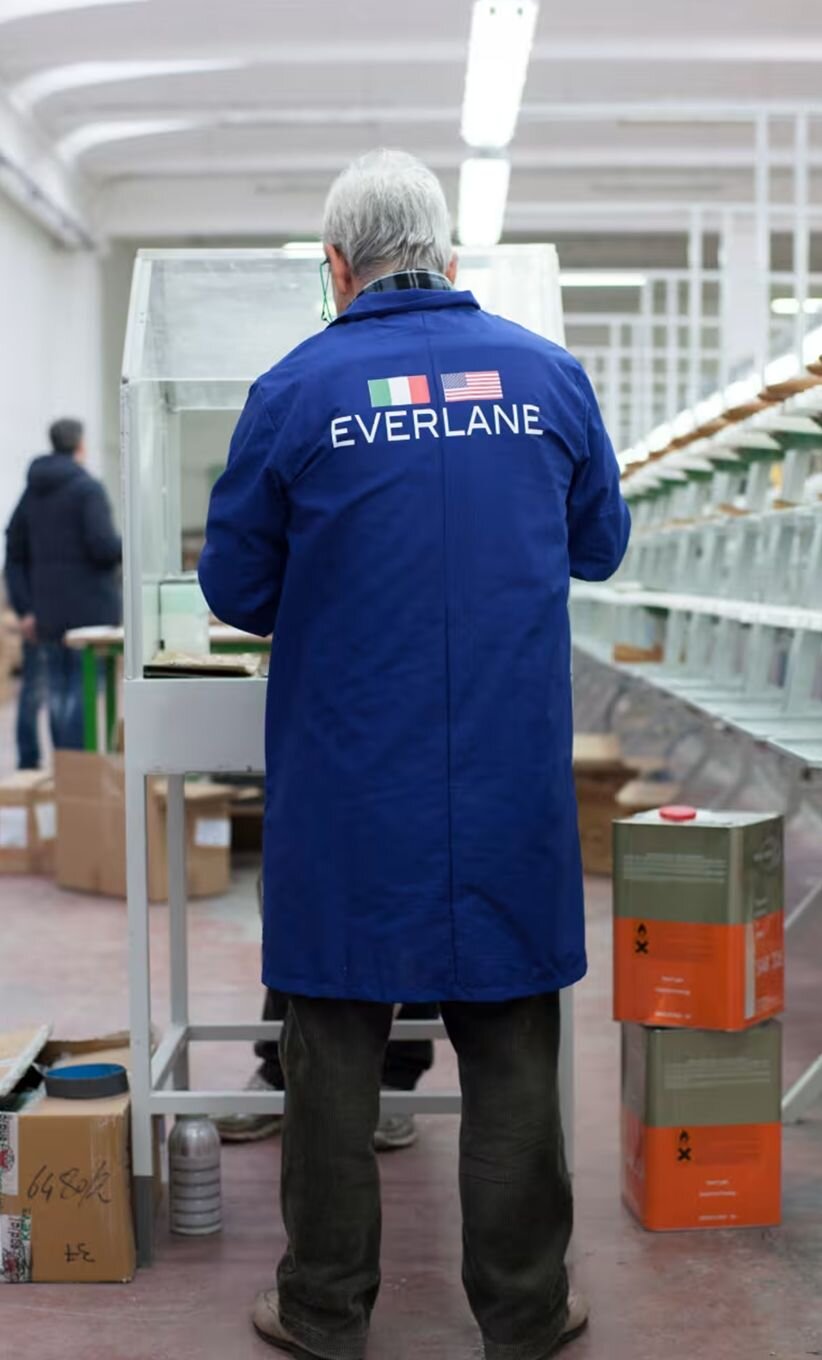
Stage 3: Continuous Improvement and Remediation
Progress is a Process
Achieving enduring transformation requires the commitment of both brands and suppliers. As such, Everlane provides Capacity Building Training for our vendors, which offers a root cause analysis of each finding in their audit report, guidance on creating a Corrective Action Plan, and expectations for remediation.
Continuous Improvement Protocol
CODE OF CONDUCT ALIGNMENT
- Each audit and equivalency report results in an in-depth Corrective Action Plan (CAP), which is shared along with audit findings with factory management and compliance teams. Suppliers are expected to demonstrate improvements when any of our agreed-upon standards are not met, and provide proof of corrective action for each non-compliance within a reasonable, pre-defined timeline. We take a collaborative approach to remediation efforts with our suppliers, developing CAPs to remedy issues identified during the audit and offering tools and training for root cause analysis, capacity building, continuous improvement, and preventative measures alongside our third-party partners.
RE-AUDITS
- In some cases, once a CAP is closed, we will also perform a re-audit of facilities that performed below our standards. By doing this, we can confirm and track the factory’s progress over time and continue to support its growth and improvement.
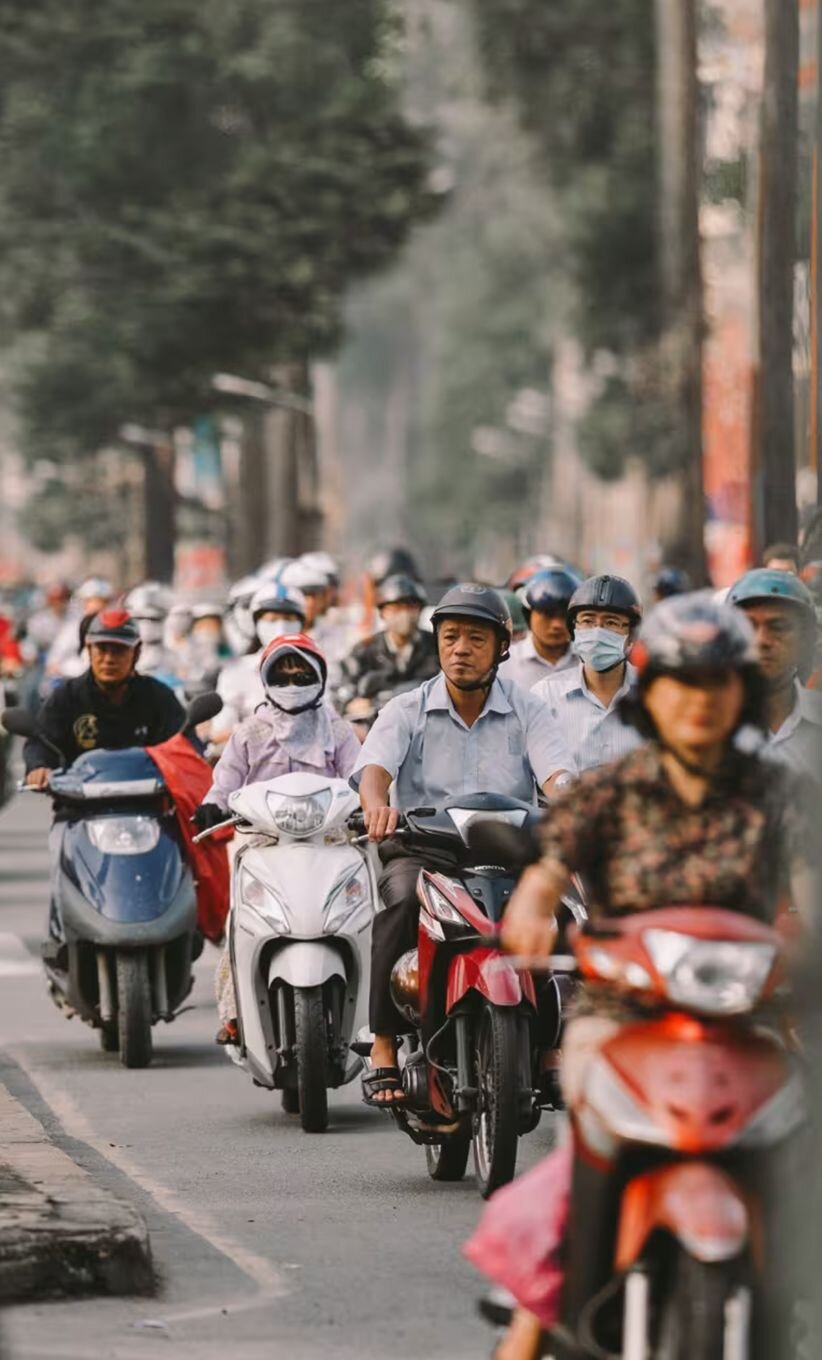
Stage 1
INITIAL RISK ASSESSMENT PROTOCOL
CODE OF CONDUCT ALIGNMENT
- Our risk assessment evaluates the labor conditions, wages, training, environmental programs, management practices, previous audits, and remediation of any prior violations at the facility to ensure that they are aligned with Everlane’s Code of Conduct.
EVALUATION OF CURRENT PROCEDURE
- An evaluation of the facility’s current environmental and social programming policies is completed through a combination of a self-assessment questionnaire, certification documentation review, environmental practice review, and questions surrounding management of worker well-being programs at the facility.
INHERENT COUNTRY-LEVEL RISK ASSESMENT
- We utilize risk assessment data and analytics tools from various public and proprietary indices, including: the Global Slavery Index, Workers Rights Index, and Human Development Index as well as ELEVATE indices around migrant workers, wages, and freedom of association in order to evaluate the inherent risk of a country itself.
Stage 2
ANNUAL VERIFICATION PROTOCOL
ONSITE SOCIAL AUDITS
- We utilize an auditing firm, ELEVATE, to complete third-party, onsite social compliance audits. The assessments cover 300+ compliance checkpoints, with a severity level from minor to Zero Tolerance. Sites are graded from A to D, which we convert to a color-coded score system, from Green to Red. This methodology allows us to benchmark suppliers based on performance and identify sites that may need corrective actions, remediation, or capacity building to meet our standards.
WORKER SENTIMENT SURVEYS
- Worker Sentiment Surveys (WSS) allow us to assess employee attitudes toward their workplace environment. We use this survey as an added form of a grievance mechanism, whereby workers can anonymously comment on topics such as harassment, discrimination, access to factory grievance mechanisms, management communication, and wage fairness. We take the results of the surveys into account when developing and managing the factory’s corrective actions and trainings.
EQUIVALENCY (EQ) REPORTS
- For our low-risk partners with a proven track record of compliance, we may accept recent third-party verified audit reports in lieu of an additional Everlane audit. Reference audits must meet our requirements when equivalency mapping is performed against our standards. Accepting equivalency reports is one way we are partnering with our suppliers to ensure high standards while reducing pressure and redundancy from audit fatigue.
Stage 3
CONTINUOUS IMPROVEMENT PROTOCOL
CODE OF CONDUCT ALIGNMENT
- Each audit and equivalency report results in an in-depth Corrective Action Plan (CAP), which is shared along with audit findings with factory management and compliance teams. Suppliers are expected to demonstrate improvements when any of our agreed-upon standards are not met, and provide proof of corrective action for each non-compliance within a reasonable, pre-defined timeline. We take a collaborative approach to remediation efforts with our suppliers, developing CAPs to remedy issues identified during the audit and offering tools and training for root cause analysis, capacity building, continuous improvement, and preventative measures alongside our third-party partners.
RE-AUDITS
- In some cases, once a CAP is closed, we will also perform a re-audit of facilities that performed below our standards. By doing this, we can confirm and track the factory’s progress over time and continue to support its growth and improvement.
Scope and Coverage of our Audits
100% of our Tier 1 factories and strategic Tier 2 suppliers are required to undergo a social compliance audit annually, and are rated against the below standards and categories:
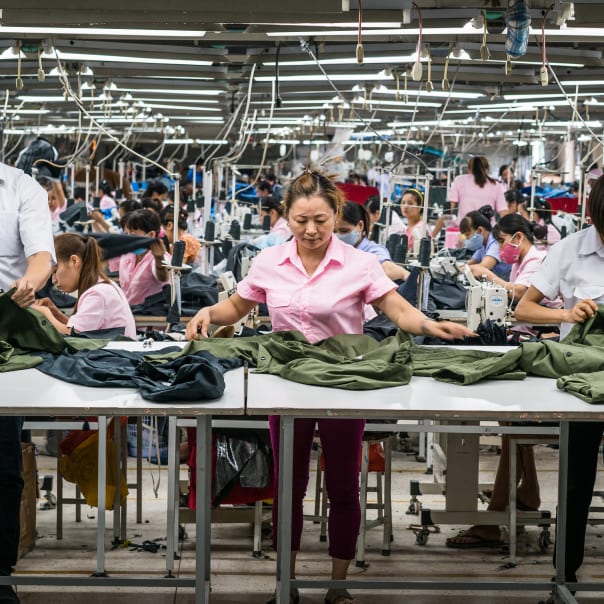
Labor
- Hiring, Disciplinary and Termination
- Child Labor
- Forced Labor and Migrant Workers
- Harassment or Abuse
- Discrimination
- Freedom of Association
- Grievance Mechanisms
- Wages and Benefits
- Hours of Work

Health & Safety
- General Work Environment
- Building Safety
- Emergency Preparedness
- Chemical & Hazardous Substances
- Employee Protection & Machine Safety
- Electrical Safety
- Dormitory
- Kitchen & Canteen

Environment
- Environment Management Program
- Environment Permits / Licenses / Approvals
- Air Emissions
- Wastewater
- Hazardous and Non-Hazardous Waste
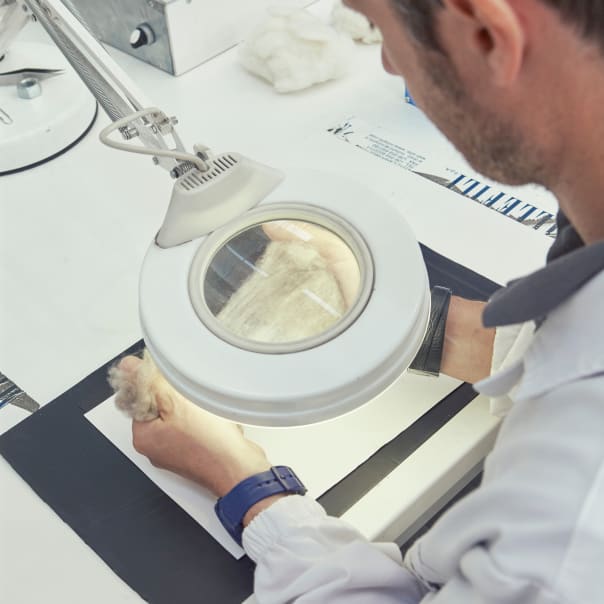
Business Ethics
- Transparency and Business Integrity
- Business Licenses & Government Permits
- Non-Retaliation
- Factory Management Systems
- Verified Subcontracting
- Worker Wellbeing Programs
AUDIT PERFORMANCE
We prioritize root cause analysis, corrective actions, and continuous improvement to achieve our ultimate goal: 100% of our suppliers receiving a Green or Yellow grade on their annual audit assessment. Read more about our supplier performance in our Impact Report.
READ MORE
AUDIT PERFORMANCE
We prioritize root cause analysis, corrective actions, and continuous improvement to achieve our ultimate goal: 100% of our suppliers receiving a Green or Yellow grade on their annual audit assessment. Read more about our supplier performance in our Impact Report.
READ MORE
Integrating Environmental Responsibility
We acknowledge textile production’s impact on the planet’s natural resources, and we’re striving to do things differently. That's why we team up with innovative suppliers, scientific organizations, and third-party standards that share our vision for making products with a lighter touch.
Clean Energy
The majority of overseas factories still operate on coal-fired power and machinery. One of the most effective ways we can decarbonize the apparel industry is by transitioning manufacturing to clean energy through renewable sources.
It’s easier said than done. We’re proud that 40% of our Tier 1 factory partners are already sourcing renewable energy, however, it’s not enough. Decarbonizing our supplier base is going to be a major task—but we see this as our best long-term solution for curbing emissions.
We use tools like the Higg Facility Environmental Module (FEM) to collect verified primary data from our Tier 1 & Tier 2 suppliers, and benchmark their performance against environmental indicators. We’re also working with the Apparel Impact Institute (Aii) to provide opportunity assessments for energy/electricity efficiency and renewable adoption.
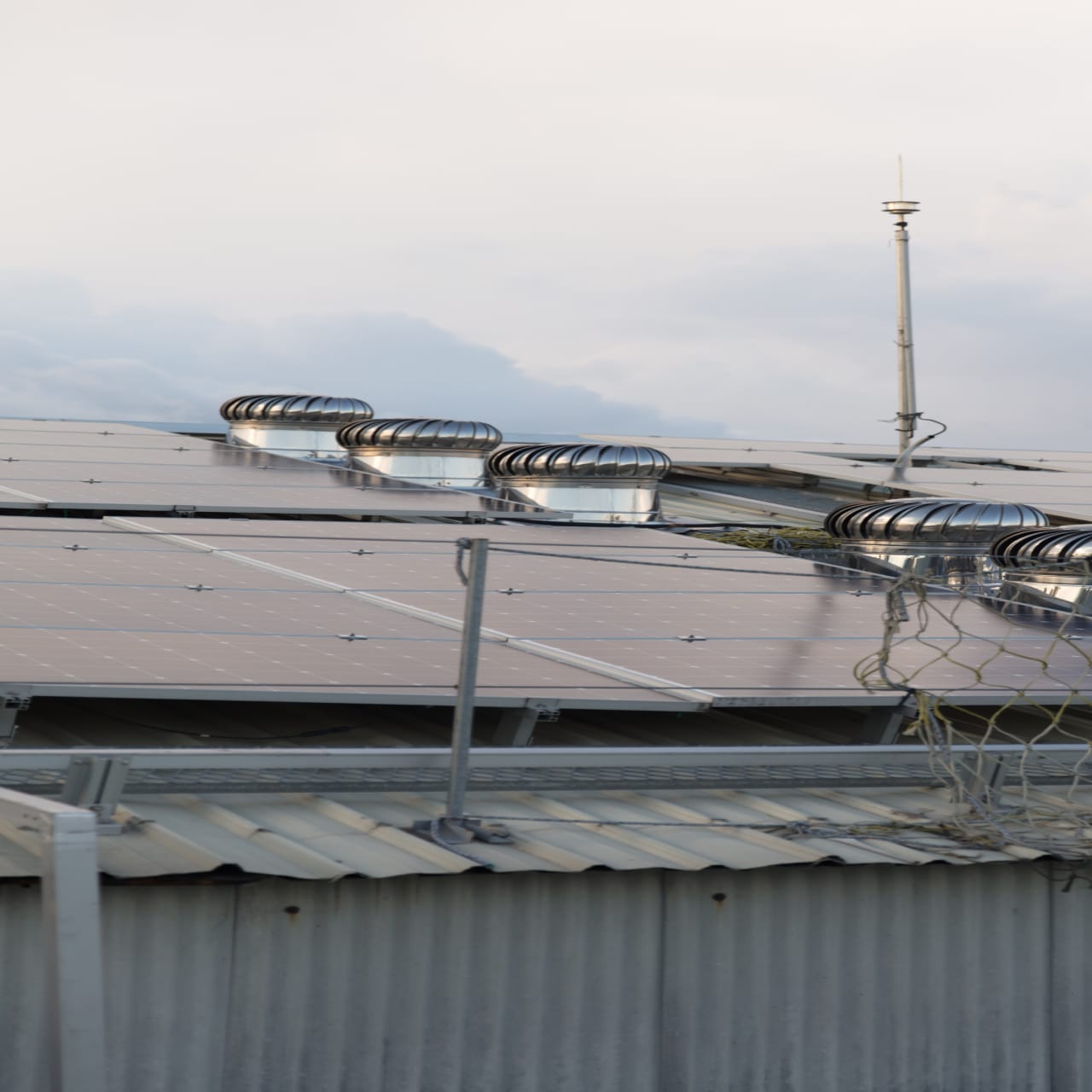

Clean Energy
The majority of overseas factories still operate on coal-fired power and machinery. One of the most effective ways we can decarbonize the apparel industry is by transitioning manufacturing to clean energy through renewable sources.
It’s easier said than done. We’re proud that 40% of our Tier 1 factory partners are already sourcing renewable energy, however, it’s not enough. Decarbonizing our supplier base is going to be a major task—but we see this as our best long-term solution for curbing emissions.
We use tools like the Higg Facility Environmental Module (FEM) to collect verified primary data from our Tier 1 & Tier 2 suppliers, and benchmark their performance against environmental indicators. We’re also working with the Apparel Impact Institute (Aii) to provide opportunity assessments for energy/electricity efficiency and renewable adoption.
LEARN MORE

Cleaner Chemistry
The use of chemicals plays a crucial role in the textile supply chain—but there is significant concern about potential hazards associated with some chemistry used in the industry. To address this issue, we’ve adopted some of the most comprehensive safer chemistry standards within the sector.
We are proud to be a bluesign® System Partner since 2018, and check that the most chemically-intensive operations in our supply chain adhere to the strict Manufacturing Restricted Substance List (MRSL) of bluesign® or Zero Discharge of Hazardous Chemicals (ZDHC).
We also leverage suppliers that are certified to various safer chemistry standards for relevant material certifications, such as the Global Organic Textile Standard (GOTS), Global Recycled Standard (GRS), and CanopyStyle Hot Button ratings.
LEARN MORE
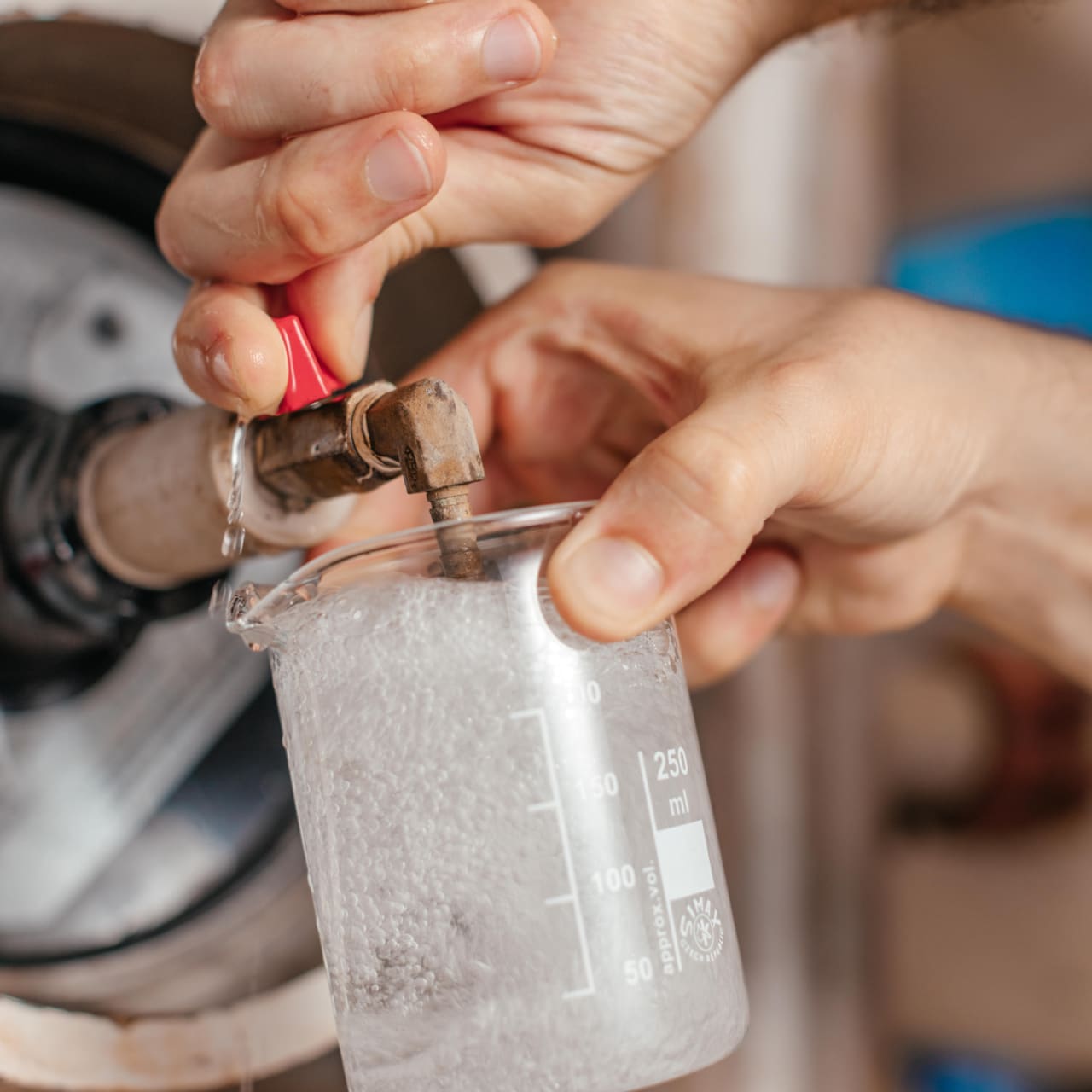
Water & Wastewater
The apparel supply chain runs on on water, from farm to finished garment. We understand how important it is to partner with farms, factories, and facilities that have efficiency measures in place to minimize water consumption in operations, optimize water recycling, and manage wastewater responsibly.
Tools like the Higg FEM help us measure and benchmark water consumption, recovery, and wastewater discharge across our strategic suppliers.
In more water-intensive processes, like the creation of denim, we partner with innovative factories, like Saitex, that employ state-of-the-art closed-loop water treatment systems that recover and reuse 96% of the water required for manufacturing—far surpassing industry standards. We also use Jeanologia’s Environmental Impact Measurement (EIM) scores, which rate and score denim processes on water practices, in addition to chemistry, energy, and worker impacts.
LEARN MORE
Water & Wastewater
The apparel supply chain runs on water, from farm to finished garment. We understand how important it is to partner with farms, factories, and facilities that have efficiency measures in place to minimize water consumption in operations, optimize water recycling, and manage wastewater responsibly.
Tools like the Higg FEM help us measure and benchmark water consumption, recovery, and wastewater discharge across our strategic suppliers.
In more water-intensive processes, like the creation of denim, we partner with innovative factories, like Saitex, that employ state-of-the-art closed-loop water treatment systems that recover and reuse 96% of the water required for manufacturing—far surpassing industry standards. We also use Jeanologia’s Environmental Impact Measurement (EIM) scores, which rate and score denim processes on water practices, in addition to chemistry, energy, and worker impacts.

We Love Overachievers
We seek relationships with factories that embrace a holistic approach to social and environmental responsibility.
In addition to meeting our minimum requirements, we prioritize facilities that offer worker well-being programs that go above and beyond industry standards and local laws, and partner with suppliers that meet best-in-class environmental performance. This exemplifies our partners’ desire and commitment to leading the industry forward—reflecting our shared sense of purpose.
Chain of Custody & Content Claims Certifications

Global Organic Textile Standard (GOTS)
Global Organic Textile Standard (GOTS)

Organic Cotton Standard (OCS)

Responsible Wool Standard (RWS)

Good Cashmere Standard (GCS)

Responsible Alpaca Standard (RAS)

European Flax Standard (CELC)

Global Recycled Standard (GRS)

Recycled Claim Standard (RCS)

Programme for the Endorsement
of Forest Certification (PEFC)
Programme for the Endorsement
of Forest Certification (PEFC)

Forestry Stewardship Council (FSC)

Leather Working Group (LWG)

CanopyStyle Dark Green Shirt Standards
CanopyStyle Dark Green Shirt Standards
Safe Chemistry, Water & Wastewater

bluesign® Systems Partner

Zero Discharge Hazardous Chemicals (ZDHC)
Zero Discharge Hazardous Chemicals (ZDHC)

Oeko-Tex® Chemical Standards
Environmental Management Systems

LEED

HIGG FEM

EIM by Jeanologia®

ISO 14001 EMS Standards
Our factory partners aren’t the only ones with industry-leading certifications.
Read about our own certifications on our Sustainability Certifications, Awards, & Memberships page.
LEARN MORE
Our factory partners aren’t the only ones with industry-leading certifications.
Read about our own certifications on our Sustainability Certifications, Awards, & Memberships page.
LEARN MORE
When It Comes to Sustainability, We're Oversharers
When It Comes to Sustainability,
We're Oversharers
Get all the details about our efforts to clean up the industry—from our partners to our processes.



